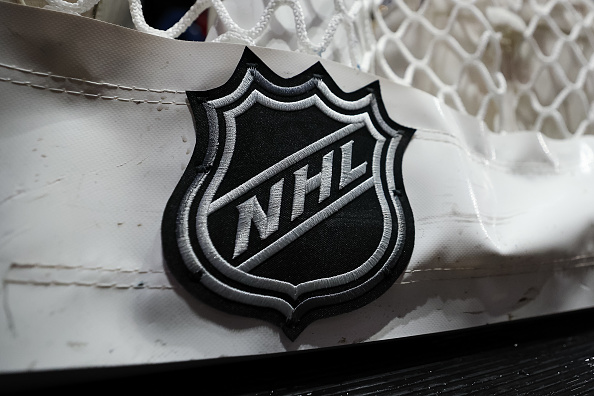A new year is upon us; with it comes an opportunity to focus on changes to improve ourselves. Whether it’s getting more exercise, eating healthier or taking more time to enjoy life, we can all do something to try to feel better. The NHL should be no different, looking for ways to improve its product. While there are many ways to accomplish this goal, these are some ideas that would benefit the draft lottery procedure, video review and more.
Five Changes the NHL Should Implement
Draft Lottery Race
With all the talk of teams tanking to improve their chances of selecting phenom Connor Bedard in the 2023 NHL Draft, the current system will come under scrutiny again.
While the draft lottery is better than handing the top pick to the worst team, there is a better way.
With 10 games remaining in the regular season, the three teams with the lowest winning percentage should compete for the first overall selection. At the end of the season, the team with the BEST record, not the worst, over the final 10 games would get the chance to pick first overall.
The teams that finish second and third in this race would pick in that order, not fall back if they climb in the overall standings. This decision encourages teams to win down the stretch without being ‘penalized’ for trying their best.
Video Review Time Limit
There is nothing that takes away the flow of a game more than a lengthy video review. So how about removing ‘lengthy’ from that term?
When watching a game with friends, how long does it take to come to a consensus on a close call? Everyone sees the three or four available replay angles and usually makes a decision in under a minute.
Officials should have two minutes to review any challenge and if there is no conclusive evidence, the call on the ice stands. There is no need to use super slow motion or magnifiers to get the call right. If it’s that close, the play stands.
The NHL is in the entertainment business and must understand there is a balance between getting the call right and keeping the play moving. Fans want to watch players play, not officials officiate.
Major Penalties
There is a big difference between a deep cut and a minor scrape. Drawing blood should no longer be a determining factor in a major penalty. Should the player have to organize a search party to find blood, it is not a major penalty.
If a player is contacted with a high stick, they should not have to dab their face multiple times to find a drop of blood to show the official. If the player leaves a trail of blood as he skates off the ice to get stitched up, that is a major penalty.
Penalty Shot Option
When a player is interfered with in the midst of a clear-cut breakaway, the correct call is to award a penalty shot. But teams should have the option to accept a two-minute minor penalty instead.
Last month, Toronto Maple Leafs defenceman T.J. Brodie was awarded a penalty shot against the St. Louis Blues in overtime. The stay-at-home blueliner has an average of just over four goals per season over his career. Not surprisingly, he missed his opportunity. The Maple Leafs would have preferred to enjoy a 4-on-3 power play, featuring Auston Matthews, Mitch Marner and Michael Nylander, who have 55 goals combined this season. At the same time, the Blues would be shorthanded for two minutes.
The team getting the power play should be given options when the opposition breaks the rules.
Power Play and Penalty Kill Statistics
On the statistical front, power play and penalty killing statistics do not represent an accurate picture of a team’s success. For example, if a team takes a penalty while on a power play, they are instantly 0-for-1 while the opposition’s penalty killing unit is 1-for-1. This is regardless of whether the advantage lasted two seconds or two minutes.
A more accurate assessment of special teams should base a team’s success rate over a two-minute span: how many goals does a team score or surrender during a regular minor penalty?
For example, if a team scores two power play goals on 10 opportunities, that would be a 20% success rate. But if those 10 opportunities spanned just 16 minutes instead of the full 20 minutes, the actual statistic is 25%.
A major penalty would also be affected as teams have the ability to score multiple goals on the same penalty. Under the current system, if a team scores twice on a major penalty, the success rate is 200%. Under the new version, the actual number would be a more realistic 80%.
Thoughts?
Do you agree or disagree? Or maybe you have some changes you would like to see. Leave your comments below and have a great 2023!
Main Photo:






